Your swimming pool is an essential part of your home, providing a space for relaxation and fun. However, over time, wear and tear can diminish its beauty and functionality. Resurfacing is crucial to restore your pool’s appearance and extend its lifespan. With various resurfacing materials available, understanding your options is key to making the best choice. This guide will discuss popular resurfacing options to help you decide what’s best for your residential pool.
Resurfacing Options: Choosing the Right Materials for Resurfacing Your Residential Pool
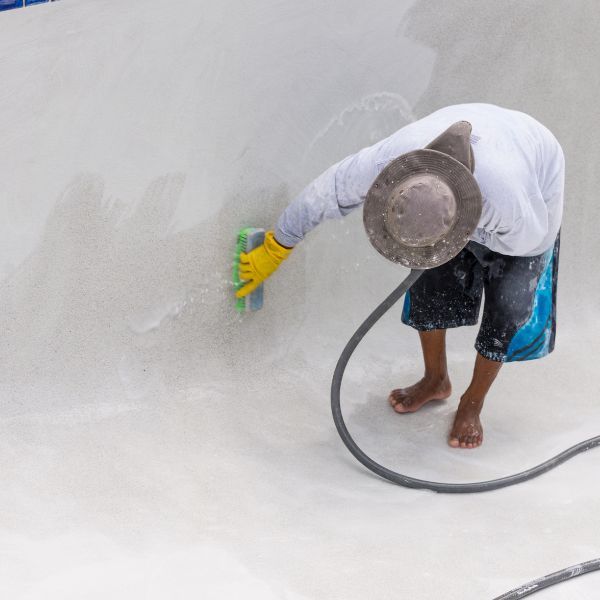
Plaster
Plaster is one of the most traditional and affordable resurfacing options for pools. Composed of a mix of cement, sand, and water, it provides a smooth finish that many homeowners appreciate. While plaster is relatively easy to apply, it requires regular maintenance as it can wear down over time, often lasting around 5 to 10 years before needing replacement.
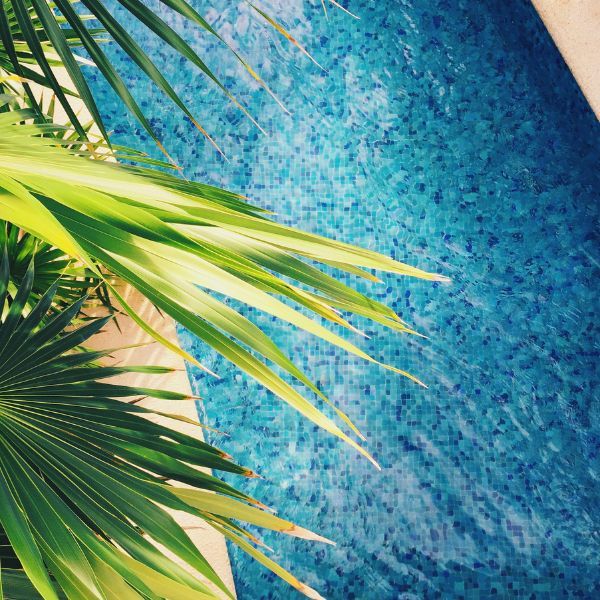
Tile
Tile offers a stylish and durable resurfacing material that allows for extensive design customization. Available in various colors, shapes, and textures, tile can enhance the elegance of your pool area. Though tile may require a higher initial investment, its longevity—often exceeding 20 years—justifies the cost. Additionally, tiles resist stains and mold, making them easy to clean.
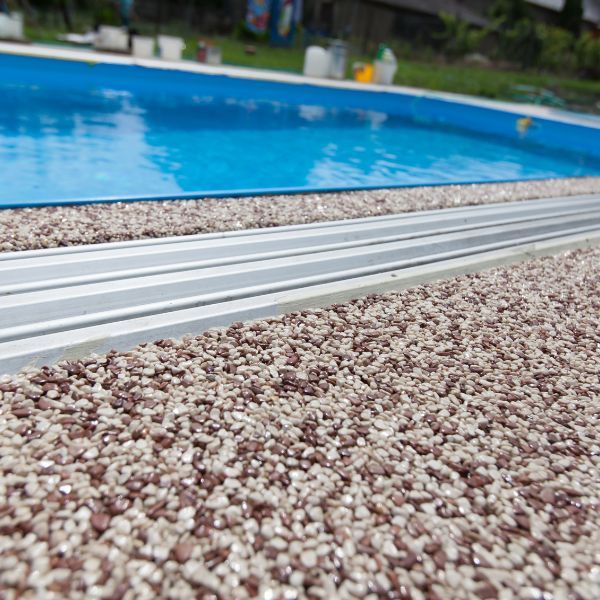
Pebble Aggregate
A clean filter protects your pool equipment, such as pumps and heaters, from strain and damage. Over time, dirt and debris can cause these systems to work harder than necessary, leading to premature wear and tear. Regular cleaning helps maintain the efficiency and longevity of your equipment.
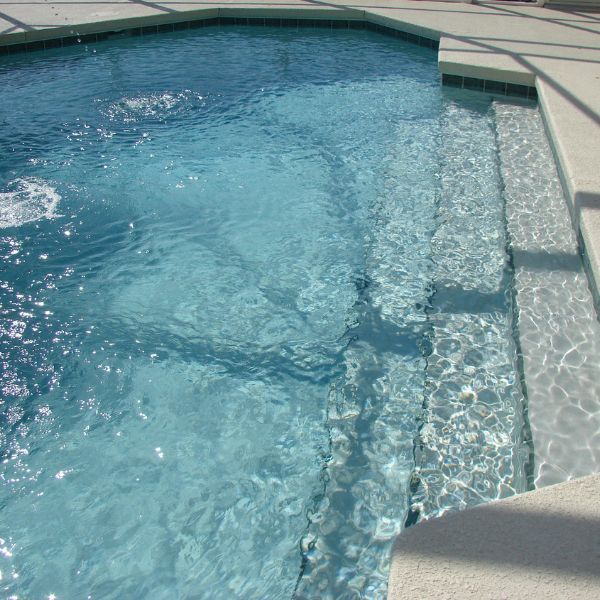
Quartz Aggregate
Quartz aggregate resurfacing combines quartz, resin, and color additives for a stunning finish. This choice offers several benefits:
Durability: Resistant to stains and fading, ensuring a long-lasting appearance.
Longevity: Lasts 15 to 20 years when well-maintained.
Smooth Finish: Provides comfort for swimmers while maintaining traction.
Low Maintenance: The non-porous surface helps prevent algae growth, simplifying upkeep.
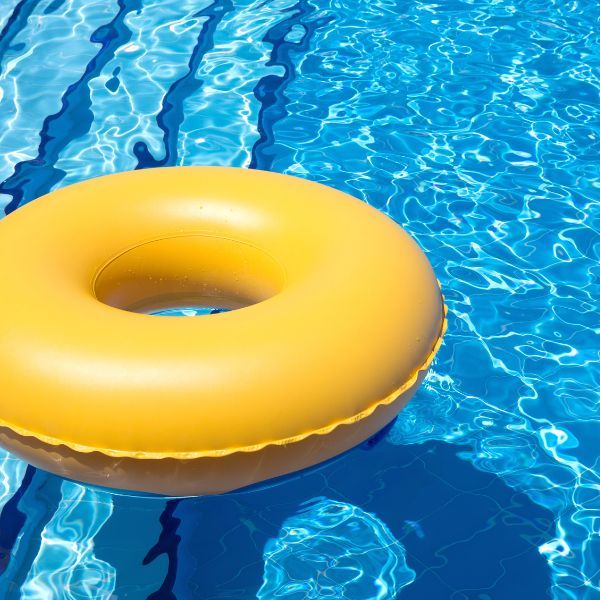
Vinyl Liner
Vinyl liners suit above-ground pools, providing an affordable and flexible resurfacing option. Made from a durable sheet of vinyl, they offer various colors and patterns, allowing for personal expression. Although vinyl liners can be easily replaced if damaged, they generally have a shorter lifespan, lasting around 10 to 15 years.
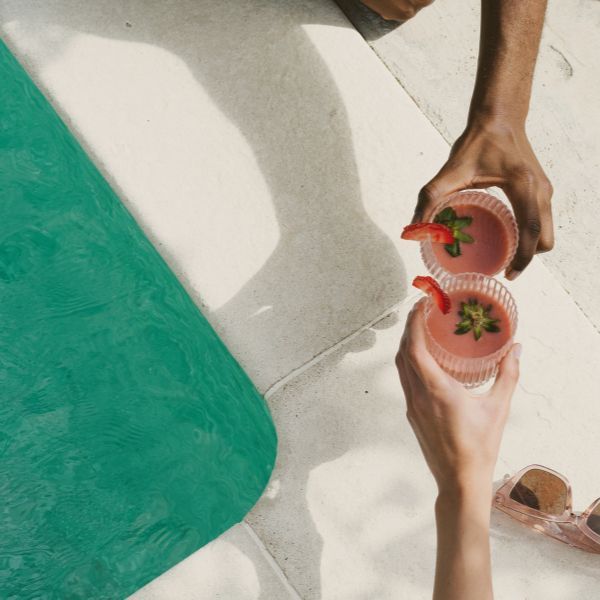
Fiberglass
Fiberglass is a long-lasting, low-maintenance option. Often pre-fabricated, fiberglass pools can be installed quickly and are highly resistant to algae, making them easy to maintain. With a lifespan of over 25 years and a smooth texture for swimmer comfort, fiberglass is a popular choice among homeowners.
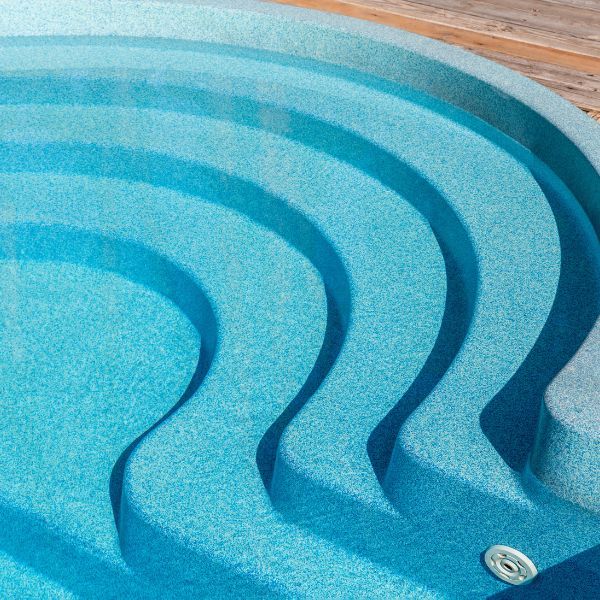
Concrete
Concrete resurfacing provides a robust, customizable option for pools. It offers excellent structural integrity and can be tailored to fit various shapes and designs. When maintained properly, concrete surfaces can last over 20 years, proving to be a practical investment for many homeowners.
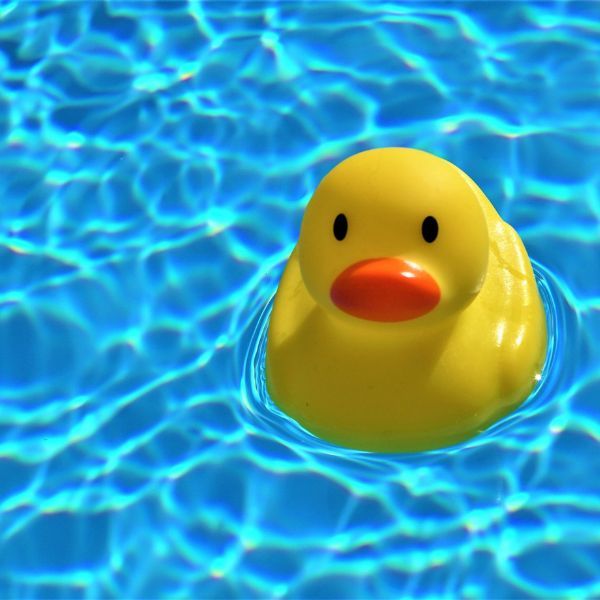
Seeking Professional Guidance
With so many resurfacing options, it’s essential to consult professionals for the best results.
Expert Assessment: Hammerhead Pools can evaluate your pool and recommend suitable materials.
Quality Installation: Ensuring proper installation is critical for longevity.
Tailored Solutions: Discuss your preferences and budget to find the best resurfacing option.
Future Maintenance: Professionals can provide a maintenance plan for your resurfaced pool.
Revitalize Your Pool for Years of Enjoyment
Selecting the right materials for resurfacing your residential pool is vital for maintaining its aesthetic and functional value. By understanding the various options—from plaster to fiberglass—you can confidently make an informed decision that enhances your pool's appeal and durability. For expert advice and exceptional resurfacing services, contact Hammerhead Pools today and dive into a revitalized pool experience!
